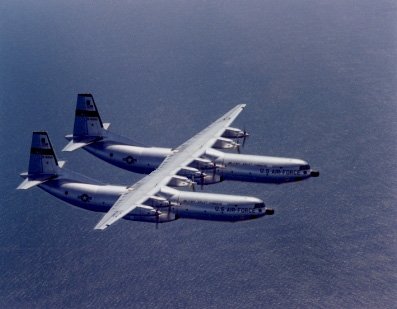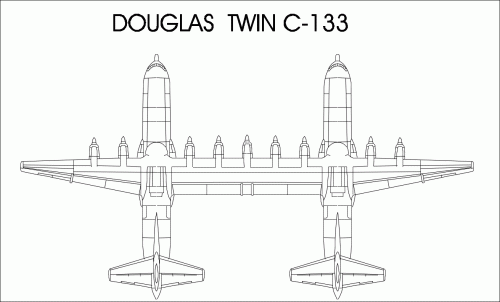Tophe
ACCESS: Top Secret
In Le Fana de l'Aviation #470, January 2009:
"(Douglas C-133 Cargomaster monography)
Archives include drawings of a twin-plane looking like the Heinkel 111Z Zwilling: a machine with 7 engines with 2 C-133 fuselages linked by a central plan holding 3 engines.
The Douglas D-895 was more interesting, matching the C-133B fuselage to the wing and engines of the DC-8. As many ideas having several advantages, those projects were not revealed except in specialised popular magazines".
Have anyone seen pictures of these?
"(Douglas C-133 Cargomaster monography)
Archives include drawings of a twin-plane looking like the Heinkel 111Z Zwilling: a machine with 7 engines with 2 C-133 fuselages linked by a central plan holding 3 engines.
The Douglas D-895 was more interesting, matching the C-133B fuselage to the wing and engines of the DC-8. As many ideas having several advantages, those projects were not revealed except in specialised popular magazines".
Have anyone seen pictures of these?


